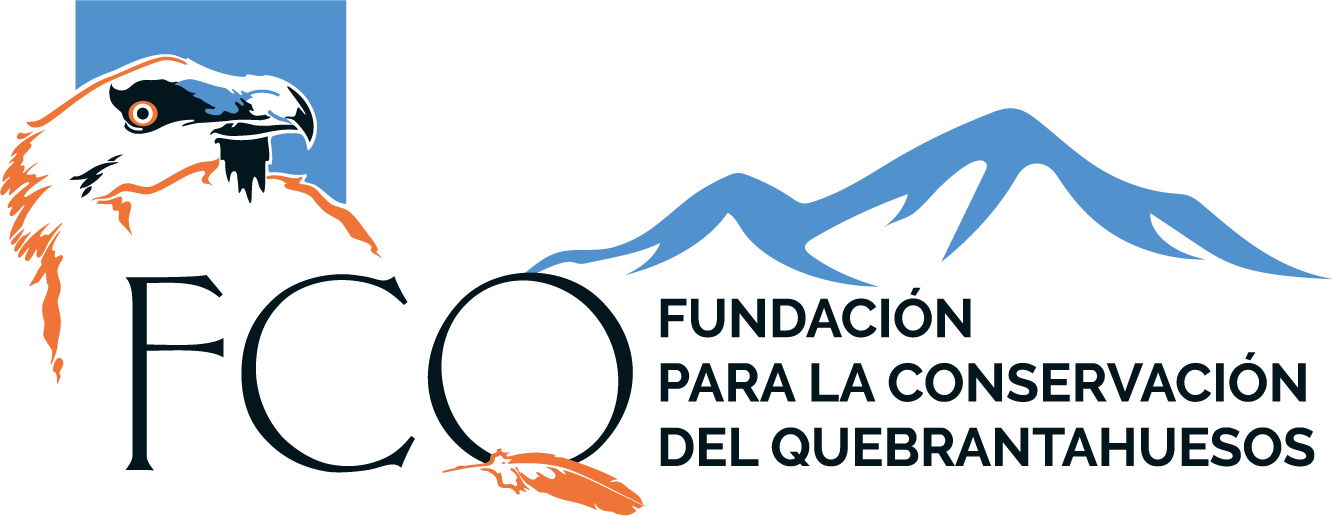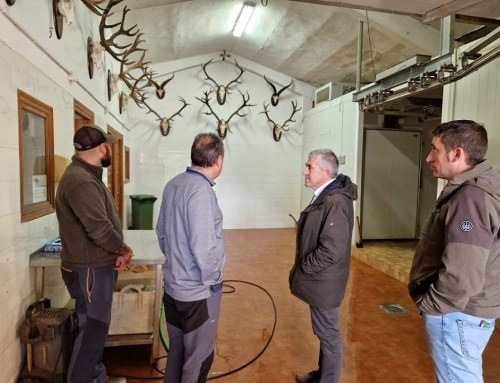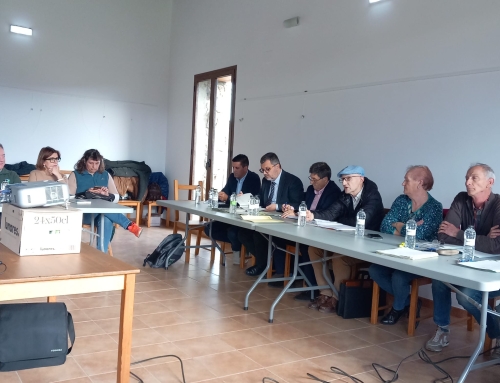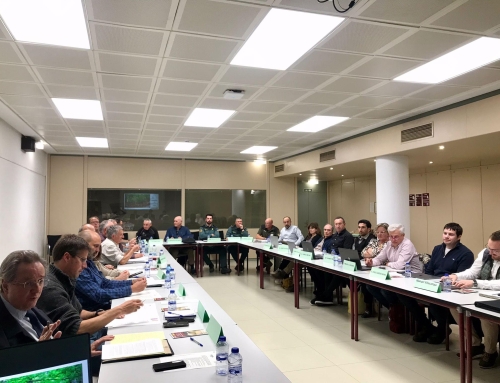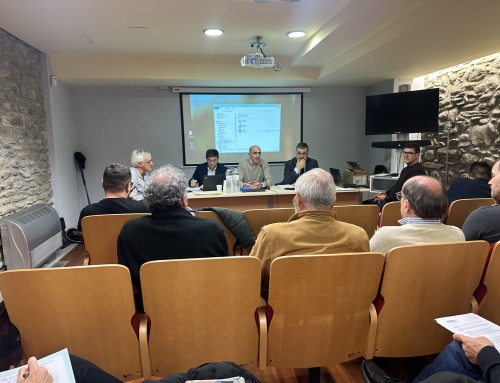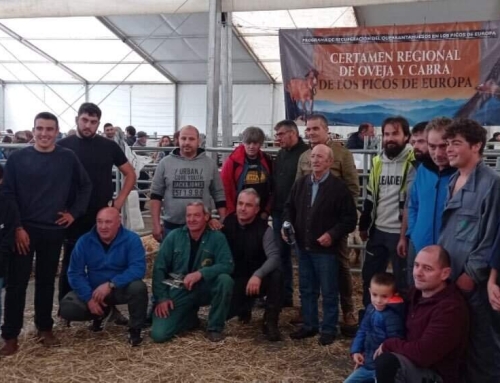
An opportunity for the lynx and for the Sierra de Alcubierre.
The reintroduction of the species would open up new tourism alternatives in the region. On March 22nd, the Ibercaja Center in Huesca was the venue for the closing of the Conference on the Iberian Lynx in Aragon, promoted by the Menéndez Pelayo International University and the Government of Aragon. Around a round table, actors from the entire environmental spectrum of Aragon presented their points of view on the reintroduction of the species in the community, with the Sierra de Alcubierre as the habitat indicated for its recovery. As the driving force behind the project, Manuel Alcántara, head of the Biodiversity Service of the Government of Aragón, valued the reintroduction of the feline as an “opportunity” to join a “successful” plan from an environmental and social point of view, given that it opens up new expectations for the tourism sector. In his presentation, he highlighted the recovery of the bearded vulture, which germinated in Aragon and made the leap to the Picos de Europa. “On this occasion we would act as receivers“, he pointed out, highlighting the few problems it has generated in Andalusia or Castilla-La Mancha. From the territory, José María Alcubierre, sheep farmer and resident of Torralba de Aragón, emphasized the rabbit plagues and wolf attacks, which continue to cause headaches in the region. “We are in favor of reintroduction, another matter is that they want to do experiments. For us, hunting is essential in order not to lose the harvest. We have seen what happened in the Gallocanta Lagoon or in irrigated lands in Monegros. We do not want to see our way of life endangered , nor do we want this to serve to wash the social conscience of city dwellers, who are increasingly distanced from the rural world,” lamented Alcubierre. Adding to the plea for helping the primary sector in the rural world, Héctor Azara, mayor of Farlete, believes in the project as a “survival option”.
“After 17 years in City Hall and seeing medical services, public transportation or internet services being reduced, it is very difficult for people to come and live in the towns. Among all these evils, I see in the lynx an opportunity. It is also a threat, so we must look at all the strengths and weaknesses of the project,” he added. For this reason, Ricardo García-González, researcher at the Pyrenean Institute of Ecology, stressed that the decision must be made by the entire population. “If we don’t agree, it will be a failure,” he said, given that they are “traveling” species and establishing a population in Aragón would contribute to improving their genetic diversity. “The lynx controls predators and favors the presence of other species, it is an increaser of biodiversity,” he added. So the project would increase hunting activity, something that the Aragonese Hunting Federation wants to safeguard. “If it does not affect hunting, go ahead. All the advantages, disadvantages and commitments with the Government of Aragón are clear,” said its president, Miguel Ángel Girón. Finally, in order to conserve the biodiversity of the community, Juan Antonio Gil, from the conservationist associations of Aragón, valued the importance of this project. “Without functional ecosystems the soil cannot be fertilized, the water cannot be purified, there is no clean air…. It is essential for all sectors,” said the president of the Foundation for the Conservation of the Bearded Vulture (FCQ), who warned of the critical situation facing humanity.
“Of the eight million species on the planet, one million are in danger of extinction. Moreover, of all vertebrates, only 4% are wild. And since the appearance of humans, their activity has transformed 75% of the planet,” he warned.
Source:
